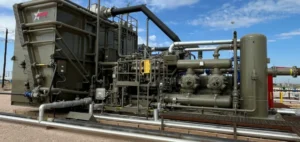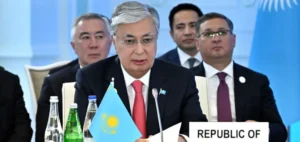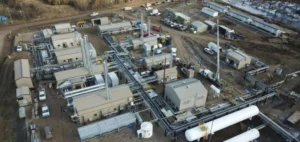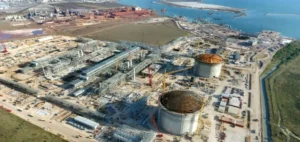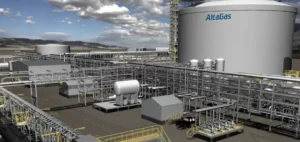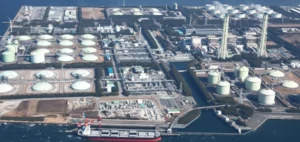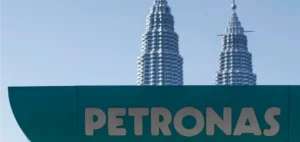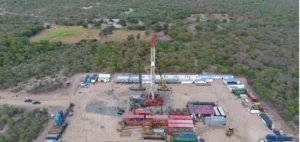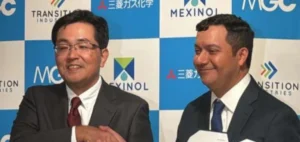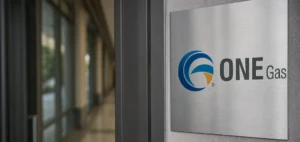Dana Gas, a natural gas producer based in the United Arab Emirates, signed a memorandum of understanding (MoU) with the Syrian Petroleum Company, Syria’s state-owned operator, to assess the revival of gas assets in the Abu Rabah area, in the country’s central region. The initiative comes as multiple Western jurisdictions—including the European Union, the United Kingdom and the United States—have relaxed certain restrictions targeting Syria’s energy sector.
A mature gas field under logistical and security constraints
The targeted area includes Abu Rabah, a historically strategic gas field that requires significant refurbishment. The site is located roughly 135 kilometres inland and sits in a zone exposed to security and logistical risks. Recommissioning the field would involve rehabilitating wellheads, gathering systems, processing units and infrastructure to deliver gas to power plants.
The non-binding agreement allows Dana Gas to secure an early foothold in a strained domestic market while testing the feasibility of a gradual return of foreign energy investment to Syria. The project aligns with the Syrian government’s strategy to replace fuel oil and diesel with domestic gas for power generation.
Regulatory easings and narrow investment window
The operation is made possible by a series of sanction relief measures. The European Union suspended sectoral restrictions on energy and transport in February 2025, while the United Kingdom lifted several sanctions targeting the Syrian central bank. In the United States, the Office of Foreign Assets Control (OFAC) issued a general license temporarily allowing certain transactions under strict conditions.
These authorisations are limited to 180 days and impose tight restrictions, notably prohibiting involvement of Russian or Iranian entities. Dana Gas must also screen its partners and service providers against consolidated sanctions lists to comply with UK, EU and US frameworks.
A measured growth option after KM250
For Dana Gas, the MoU represents a low-commitment growth option following the KM250 project in the Kurdistan Region of Iraq. No direct investment will be made before the completion of technical studies and the approval of a fiscal and contractual framework, likely structured as a production sharing contract (PSC).
The final investment decision will depend on several factors, including the arrangement of escrow payment mechanisms, access to suitable insurance for political and operational risks, and the presence of a reliable sovereign off-taker. First gas is not expected before at least eighteen months.
Regulatory, financial and geopolitical exposures
The project remains vulnerable to a snap-back scenario if sanctions are reinstated. Such a shift would cancel the temporary licenses and potentially force Dana Gas to exit, with limited sunk costs if termination clauses are in place. The targeted area is also prone to logistical disruptions, volatile security conditions and limited availability of technical services.
Additionally, the project requires costly insurance coverage, including political risk, sabotage and operator liability. Correspondent banks remain cautious in the absence of explicit OFAC transactional guidance.
A regional test case for Syria’s energy reintegration
If the project proceeds without compliance incidents, it could become a strategic precedent for other Middle East and North Africa (MENA) players operating outside Russian or Iranian spheres of influence. Similar MoUs may emerge in refining or power if the current “sanction-guarded normalisation” continues.
However, the outlook depends on extensions of the US general licenses, adjustments to sanction frameworks, and Dana Gas’s ability to secure legal, financial and operational conditions required to reinitiate gas flows in Syria.




